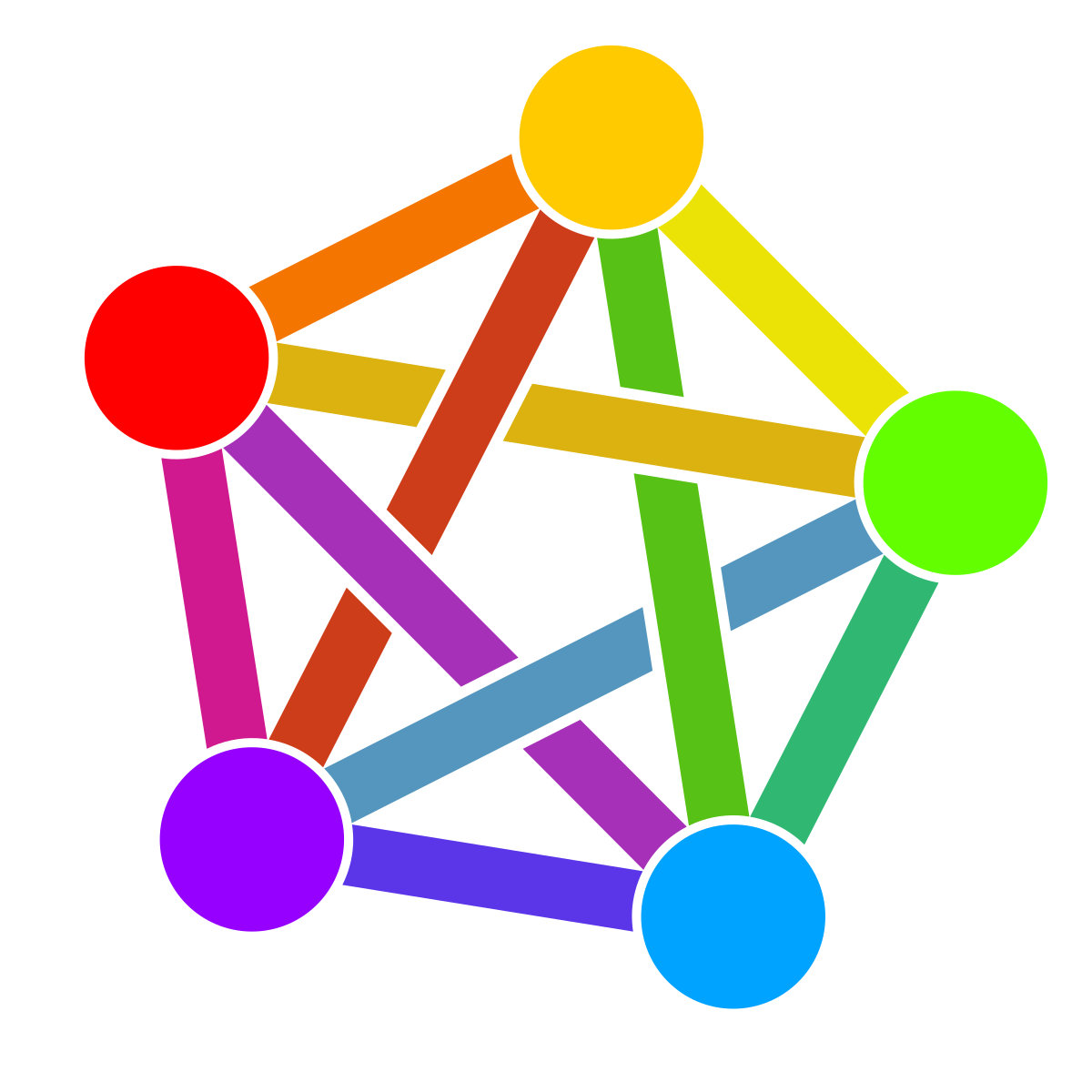What are we going to do about it?
Sorry for the Google Translate Link. An easy alternative is much appreciated.
Edit: thanks to @Xamrica@lemmy.dbzer0.com for this translation alternative: https://translate.kagi.com/translate/https://www.xataka.com/servicios/foros-internet-estan-desapareciendo-porque-ahora-todo-reddit-discord-eso-preocupante



I don’t think this is a maths problem. It’s a social problem. Monkey brain combined with internet communications is still not a solved problem.
I think part of this is figuring out the values you want to express in the format of any given service (Marshal McLuhan style). You need to figure out what it is you’re trying to build for, and then build systems and tools that optimise towards that. (Corporate social media is failing because it’s only optimised towards profit, and that approach eats itself in the long run).
I posted an issue for mastodon on this recently. I think Lemmy should be asking the same questions.
First off, agreed that monkey brain + internet = unsolved.
Second, I think that this overall is a math problem and what you’re describing is metadata. Before I continue, there are many ways to solve and interpret problems - this is just how I see it.
If you think about this as a graph, it makes a lot more sense as a math problem. People want to communicate and the message has to reach each of them once through the shortest route. In essence, this becomes the “Traveling Salesman Problem”.
Next, imagine the distance between points on the graph become longer (when people group together) and shorter (when people split apart) - we now have described tyranny of the majority.
What you are describing (from my perspective) is the cost of going from one part of the graph to the other. This indeed is a very important part of the problem and directly relates to the tyranny, but does not solve it. Instead to solve this problem, we would have to find a way to standardize the distance between any two points in the graph (i.e it cannot take more than 30 feet to reach any given destination).
I cannot begin to describe how difficult this would be, but my brain is telling me it’s solvable.
The comments (and your github post) helped me think about this a bit deeper. This is why discussion is helpful.
I have a maths major, and think in networks, same as you. I agree that that’s a good start to thinking about the problem. It’s basically similar approach to Jay Forrester’s World model, that used system dynamics to model the global economy.
But what you’re doing is building a model, and then proposing using it to make decisions about how to run the world. This would be sensible, except that any model is necessarily a simplification of the real world, and that simplification process is subjective. What you value and care about and think is important defines what you put in the model, and also what you optimise for, and how you interpret the outputs. So your decisions ultimately end up being subjective too.
There are other issues too, such as the fact that any dynamic model like this exhibits complexity, which makes it analytically unsolveable; and chaos, which means numerical predictions will suffer from unpredictability due to the Butterfly effect, and the Hawkmoth effect.
If you want to get a deeper understanding of this stuff, systems thinking is where you need to head. I would recommend this paper as an excellent introduction to the field as a whole: https://www.scienceopen.com/hosted-document?doi=10.54120%2Fjost.000051 (Open access, about 50 pages)
For the first wave/system dynamics approach, this article is worth a read too (IMO it presents far to simple a picture though): https://donellameadows.org/archives/leverage-points-places-to-intervene-in-a-system/
You make great points, and I will not necessarily refute any of them. This is why I said prior that I wanted a bunch of mathematicians to work towards a solution to this. There are many small and careful considerations that have to be made.
I think a heuristic (simplified model) may work better than trying to flat out solve it. As I said, this is not to refute, just a thought.
First, the problem is fundamentally chaotic (as you’ve said) there is no point in trying to accurately predict (solve) the outcome. Choosing “properties” that tend to be consistent, and then basing “success” off of those may be the more practical option. What these “properties” are would depend on consensus - models have elements you deem important, which may not actually be (as you’ve said). This is just something that needs RFC - hence needing a group of mathies.
Secondly, whatever the solution turns out to be needs to actually be do-able for the average joe. If there is a straight up solution, and it turns out to complex, I think it would be less valuable than a simple-to-do heuristic. If people don’t follow up it’s just worthless - and seeing how long it takes people to do very simple things, we’ll be waiting hundreds of years.
I’ll read the two articles you linked (I’ve read the abstracts) but it’ll be a slow burn.
Awesome! Ping me when you’re done, if you like. Happy to chat more.
I agree heuristics are a good approach, but I’m not conviced maths people are the ones to do it - at least not alone. There is too much messy sociology at the edges of the problem to ensure good problem specification. Some interdisciplinary approach could kill it though. If you get through that intro article, there’s a short article in the same journal that gives a neat intro the Critical Systems Heuristics, which seems like an excellent wrapper around this kind of approach.